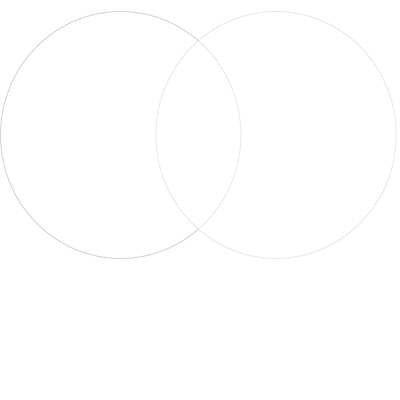
In the aftermarket for phone screen replacements, display assemblies predominantly fall into two main categories: OLED and LCD. At NCC, we specialize in delivering high-quality, cost-effective display assembly solutions designed specifically for phone refurbishing and repair businesses.
Whether you require Incell LCD screen assemblies or advanced OLED replacements, NCC provides reliable wholesale options backed by rigorous performance testing to support your business needs.
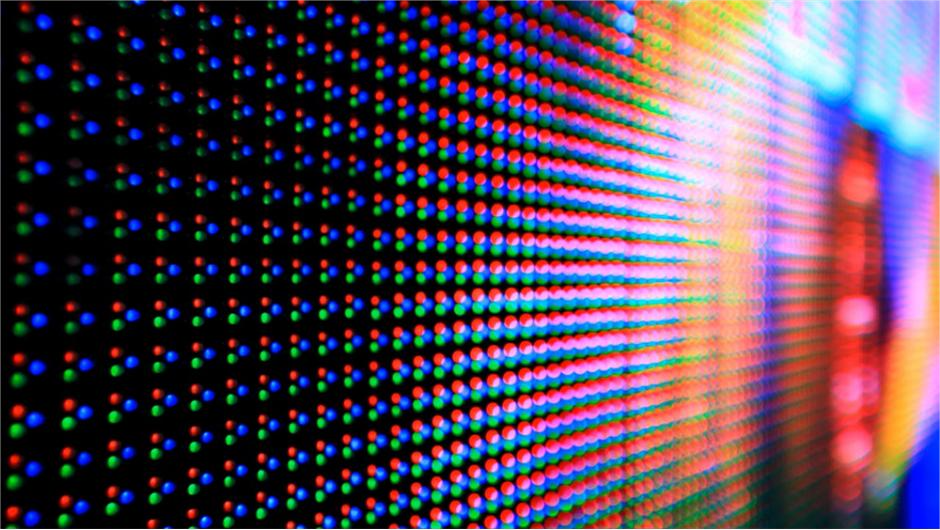
Before diving into the differences between OLED and LCD, it's crucial to understand how these technologies function at the pixel level.
Each display consists of millions of pixels, with each pixel comprising three subpixels—Red (R), Green (G), and Blue (B). By controlling the brightness and mix of these subpixels, a wide spectrum of colors and images can be rendered on the screen.
LCD: Backlight-Dependent Display TechnologyLCD (Liquid Crystal Display) screens require a white LED backlight layer. A color filter is placed over this backlight, and a liquid crystal layer acts as a valve, regulating how much light passes through each subpixel. This mechanism controls both color and brightness. | 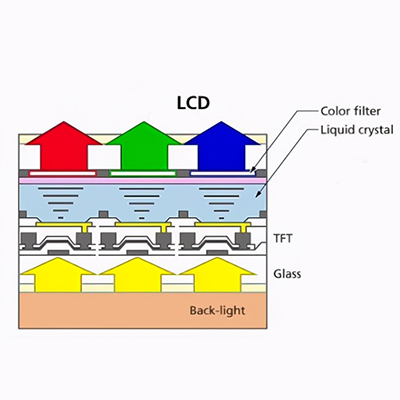 |
OLED: Self-Emissive Pixel TechnologyOLED (Organic Light-Emitting Diode) displays do not rely on backlighting. Instead, each pixel is an individual self-emissive diode that emits its own light and color. This allows OLED screens to be thinner, more flexible, and capable of delivering true blacks and superior contrast ratios. | 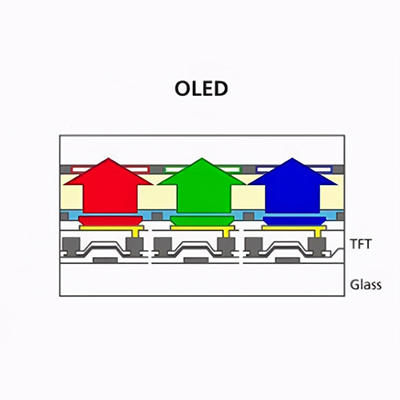 |
| Feature | LCD | OLED |
|---|---|---|
| Light Source | Requires backlight | Self-emissive pixels |
| Screen Thickness | Thicker due to backlight layer | Thinner and flexible |
| Production Cost | Lower manufacturing cost | Higher cost due to complex technology |
| Lifespan | Longer (inorganic materials) | Shorter (organic materials) |
| Color Performance | Blacks appear grayish due to backlight | Perfect blacks with vivid contrast |
| Power Consumption | Higher (entire backlight powered) | Lower (only lit pixels consume power) |
| Pixel Density | Generally higher | Slightly lower |
| Eye Comfort | Minimal flicker, less eye strain | Possible flicker and burn-in risk |
| Response Time | Relatively slower | Extremely fast, minimal ghosting |
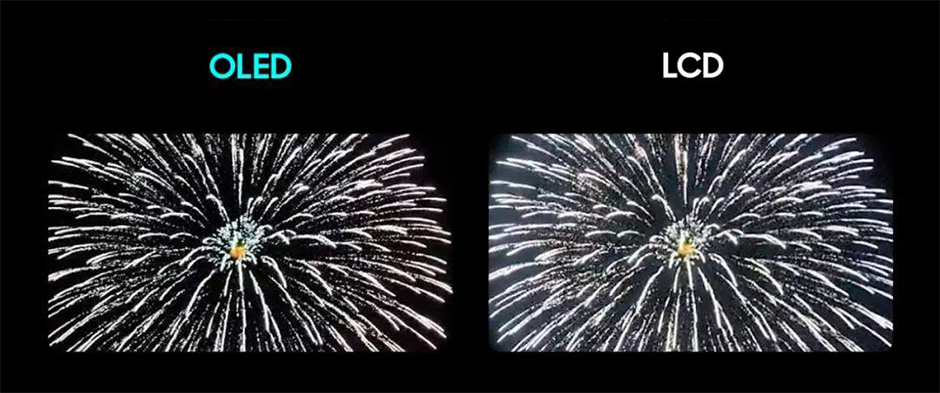
Although OLED screens dominate flagship smartphones due to superior image quality, LCDs remain widely used in entry-level and budget devices for several reasons:
Cost Efficiency: LCDs are more affordable to produce, ideal for large-scale repairs and refurbishments.
Reduced Eye Strain: LCD displays have negligible flickering, making them better suited for extended screen time.
Longer Durability: The inorganic materials in LCDs result in a longer functional lifespan, a significant advantage in refurbished phones.
NCC offers a comprehensive range of replacement phone display assemblies for iPhones and other models, tailored to your market requirements:
LCD Assemblies:
Dependable, cost-effective, and fully compatible with multiple iPhone models.
Engineered for optimal brightness, touch sensitivity, and durability within the Incell LCD category.
Examples include the NCC Prime Incell LCD Display Assembly and the ColorX Incell LCD Display Assembly.
OLED Assemblies:
Deliver rich color accuracy, high contrast, and ultra-responsive touch performance.
Suitable for premium repairs and flagship device replacements.
Product lines include the NCC Soft OLED Display Assembly and the NCC Hard OLED Display Assembly.
All NCC screens undergo comprehensive full-function testing to guarantee stable performance, strong compatibility, and low return rates. Our professional after-sales service provides wholesalers and repair shops with the confidence and support they need.
Choosing NCC means choosing reliability, quality, and long-term value—whether you opt for OLED or LCD screen assemblies.




